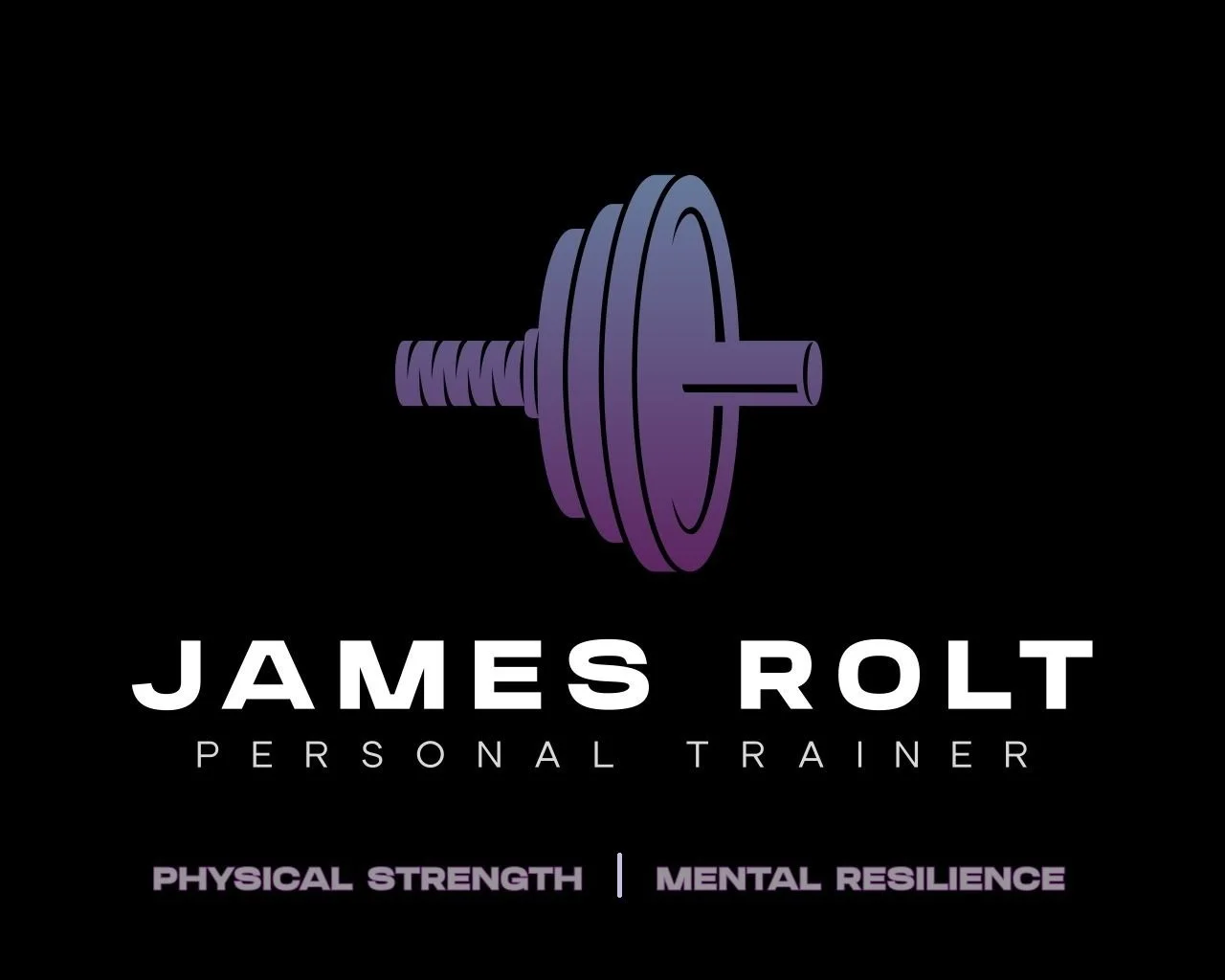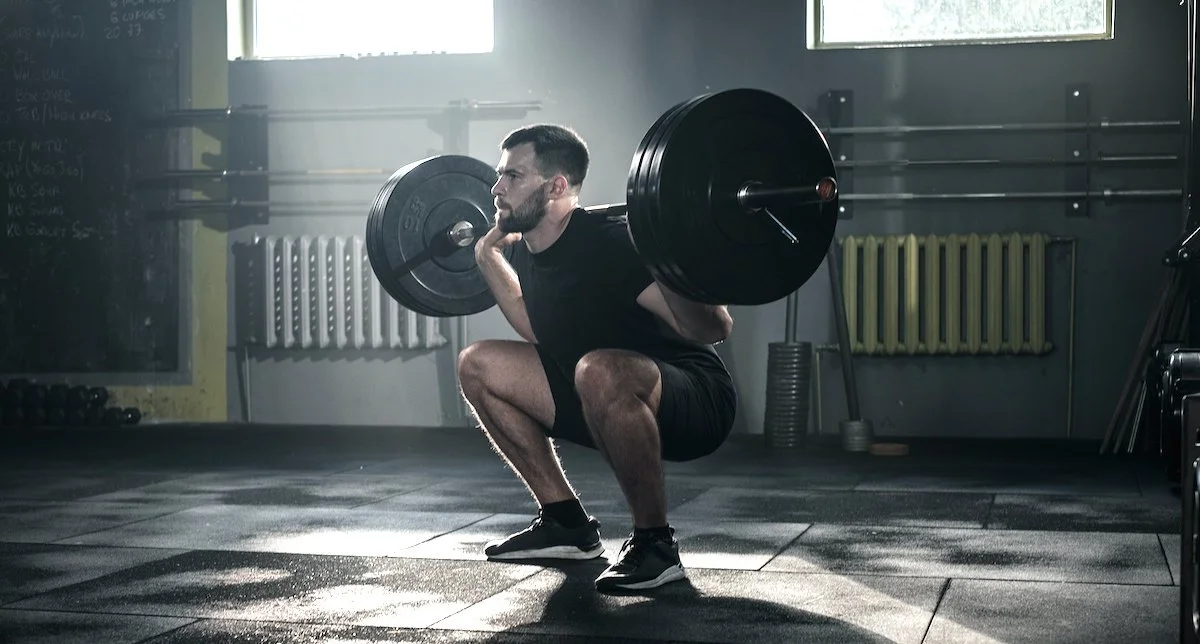The Power of Compound Movements in Weightlifting
When it comes to building strength, muscle, and overall fitness, not all exercises are created equal. Compound movements—exercises that work multiple muscle groups and joints at once—are often hailed as the cornerstone of effective weightlifting programs. Whether you’re a beginner or a seasoned lifter, understanding the benefits of compound lifts can help you train smarter and get better results.
What Are Compound Movements?
Compound movements involve multiple joints and muscle groups in a single exercise. Classic examples include:
Squats (hips, knees, ankles, quads, hamstrings, glutes, core)
Deadlifts (hips, knees, back, glutes, hamstrings, traps, core)
Bench Press (shoulders, elbows, chest, triceps)
Pull-Ups/Chin-Ups (shoulders, elbows, lats, biceps)
Overhead Press (shoulders, triceps, upper chest, core)
These differ from isolation exercises, which target a single muscle group, like bicep curls or leg extensions.
Key Benefits of Compound Movements
1. More Muscle Activation
Compound lifts engage multiple muscles simultaneously, leading to greater overall activation per rep. This not only maximizes your time in the gym but also leads to more balanced development across the body.
2. Greater Strength Gains
Because compound movements recruit more muscle mass and allow for heavier loads, they’re the most effective exercises for building raw strength. Squats and deadlifts, in particular, are known for dramatically increasing lower body and posterior chain power.
3. Improved Functional Fitness
These lifts mimic real-world movements like bending, pushing, and lifting, making them excellent for improving everyday physical function. This means better posture, fewer injuries, and more efficient movement patterns outside the gym.
4. Higher Hormonal Response
Lifting heavy weights with compound exercises stimulates the release of growth hormone and testosterone—key players in muscle growth and recovery. This hormonal boost doesn’t occur to the same extent with isolation movements.
5. Time Efficiency
Because you’re working several muscle groups at once, you can achieve a full-body workout with fewer exercises. A routine built around squats, deadlifts, presses, and pulls can cover most of your major muscle groups in under an hour.
6. Core Stability and Coordination
Most compound lifts require you to stabilize your core and maintain proper alignment throughout the movement. Over time, this leads to stronger abs, better balance, and improved coordination.
7. Progressive Overload Made Simple
It’s easier to track progress with compound movements. Adding weight to your deadlift or squat is a clear sign of strength gains and muscle adaptation, making it easier to apply progressive overload consistently.
Tips for Getting Started
Learn Proper Form First: Technique is critical. Consider working with a coach or using video tutorials to ensure safe and effective movement.
Start Light, Focus on Control: Master the movement before chasing numbers. Controlled reps build muscle and reinforce form.
Prioritize Compounds in Your Routine: Place compound lifts at the beginning of your workouts when your energy is highest.
Kit you may want to invest in…..
Deadlifts are a great exercise to work on you grip strength but as you get heavier you may find that you grip becomes the limiting factor and if you reach this point lifting straps can give assistance with the grip aspect of the lift, allowing you to go heavier than you otherwise could, thats definitely a positive! Straps are also useful in many other pulling exercises where grip may be the limiting factor.
I personally have a pair of RDX straps that I bought a few years ago and they are still going strong after many a deadlift session, they are also very comfortable and look great.
When in comes to the pushing exercises such as Bench Press and Overhead press some form of wrist support can be of great help enhancing stability, preventing injury, and potentially improving performance. They help maintain a neutral wrist position, reduce strain, and allow for more focused engagement of the targeted muscles.
Two main options are to opt for just the wraps around the wrists or a pair of gloves with a wrist wrap as part of them. Check out these support wraps, great value, durable and look great, available in multiple colors.
Personally I opt for fingerless gloves with a wrist support as I like the feel of them and they look pretty cool also.
Final Thoughts
Compound movements are the foundation of effective strength training. They build muscle, burn more calories, and make your body stronger and more resilient. Whether your goal is aesthetics, performance, or general health, incorporating compound lifts into your routine is a smart and efficient way to get there.
Carry on reading below where I have detailed a classic 5x5 program which incorporates the big compound movements and is a great full body strength building routine
Article contains links that I may earn a small commission from for qualifying purchases
Basic 5x5 Compound Lift Program
Program Focus:
Strength development
Progressive overload
Efficient, full-body training
3 training days per week (e.g., Monday, Wednesday, Friday)
Alternate two workouts (Workout A and Workout B)
Workout A
Exercise Sets Reps
Barbell Back Squat 5 5
Barbell Bench Press 5 5
Barbell Row 5 5
Workout B
Exercise Sets Reps
Barbell Back Squat 5 5
Overhead Press 5 5
Deadlift 1–2 5
✅ Note: Deadlifts are taxing, so only 1–2 heavy working sets are needed.
Weekly Schedule Example
Day Workout
Monday A
Wednesday B
Friday A
Next Week (Monday) Start with Workout B and alternate again
Progression
Add 2.5–5 lbs (1–2 kg) per lift every workout if you complete all 5x5 sets with proper form.
For deadlifts, you might increase in 5–10 lb (2–5 kg) jumps depending on your recovery and experience.
Tips for Success
Warm up before each lift with lighter sets.
Rest 90–180 seconds between sets for optimal recovery.
Focus on form—especially for squats, deadlifts, and rows.
Track every session to monitor progress and adjust when needed.




